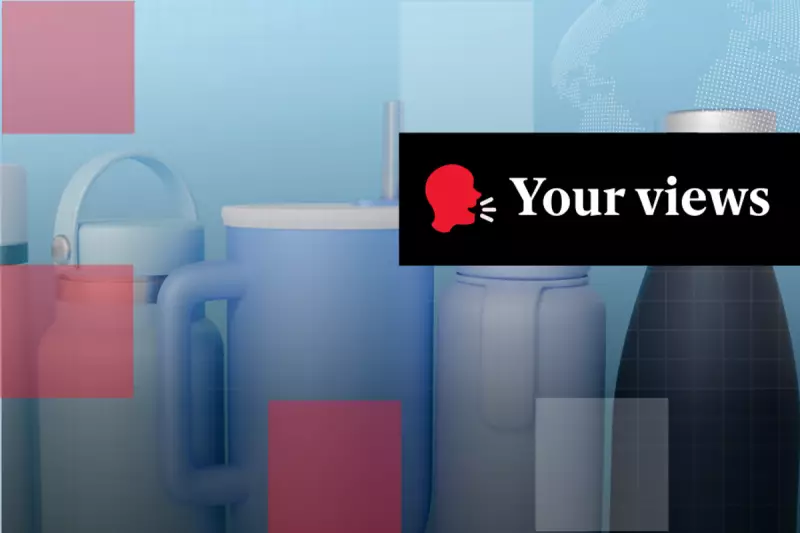
For years we've been told to drink eight glasses of water daily and carry water bottles everywhere, but emerging medical evidence suggests we might be drowning in dangerously misguided advice.
The Overhydration Epidemic
Hospitals across the UK are seeing increasing cases of water intoxication, a condition where excessive water consumption dilutes essential salts in the bloodstream to dangerously low levels. This condition, known as hyponatremia, can cause headaches, nausea, and in severe cases, seizures and coma.
"We're witnessing a cultural phenomenon where people are drinking water far beyond their physiological needs," explains Professor Mark Whiteley, a leading venous surgeon and founder of The Whiteley Clinic. "The constant sipping from water bottles has become almost reflexive, without considering whether we're actually thirsty."
What Your Urine Colour Really Means
Contrary to popular belief, the goal isn't to achieve completely clear urine. Healthy hydration actually shows as pale yellow urine. Clear urine often indicates you're drinking more than your body requires.
The eight-glasses-a-day rule has been particularly scrutinised by researchers. "This recommendation appears to have no scientific foundation whatsoever," Professor Whiteley notes. "Hydration needs vary dramatically based on age, activity level, climate, and individual metabolism."
Listen to Your Body's Signals
Rather than following arbitrary water intake rules, medical professionals recommend tuning into your body's natural thirst mechanisms. Thirst is actually an early warning signal, not a sign you're already dangerously dehydrated.
True dehydration symptoms include:
- Dark yellow urine
- Dry mouth and lips
- Headaches
- Fatigue and dizziness
"The human body has evolved sophisticated mechanisms to maintain fluid balance," Professor Whiteley adds. "For most healthy individuals, drinking when thirsty provides adequate hydration without the risks of overconsumption."
The Commercialisation of Hydration
The bottled water industry, valued at billions globally, has played a significant role in promoting constant hydration. From designer water bottles to hydration-tracking apps, the message to drink more has become commercially driven rather than medically informed.
While staying hydrated remains important, the key is balance. Those with specific medical conditions or engaging in intense physical activity may require more careful hydration management, but for the average person, the solution is simpler: drink when you're thirsty.





